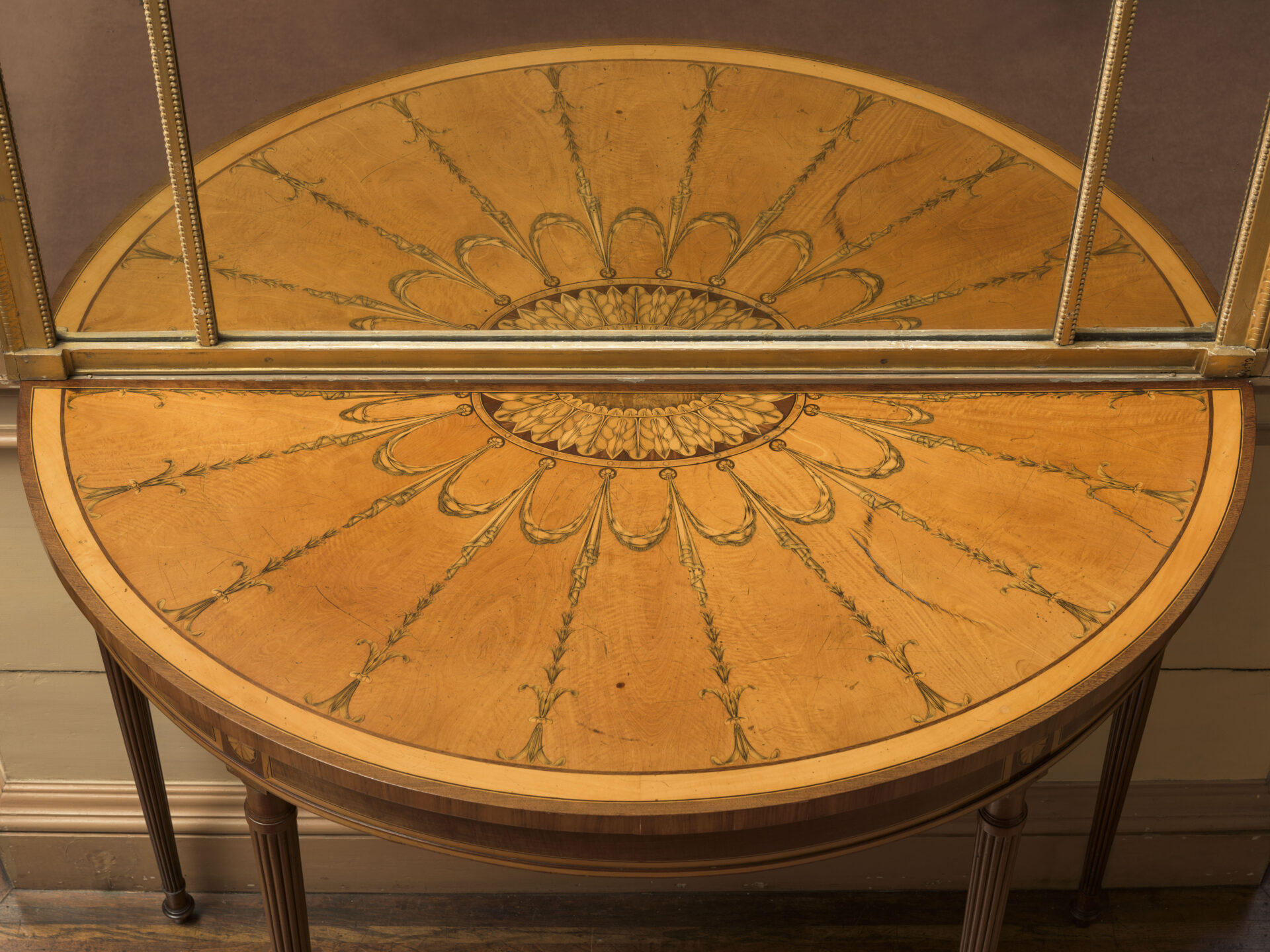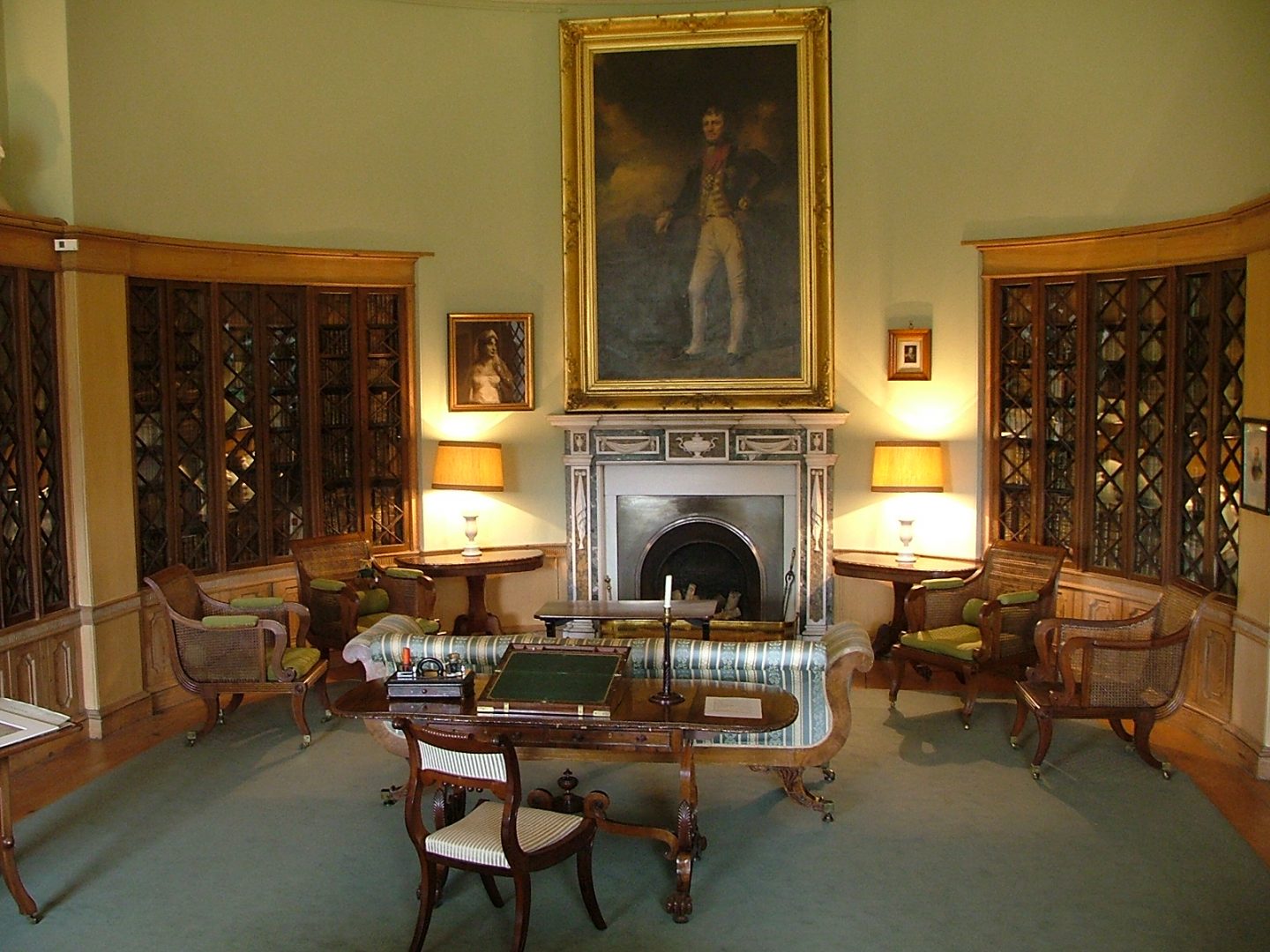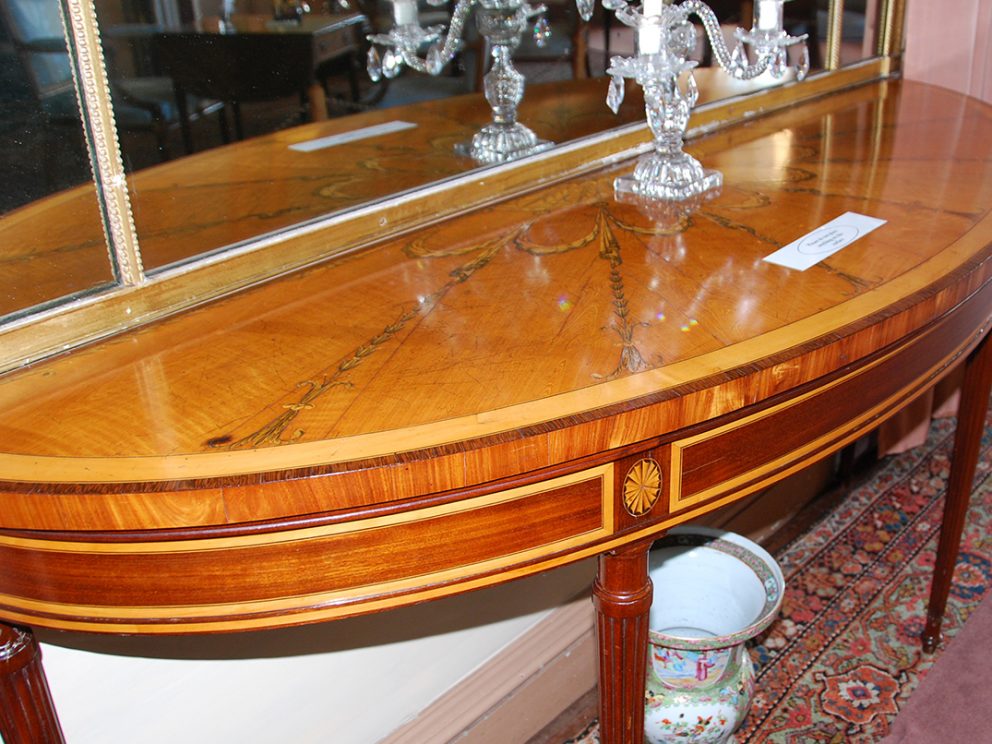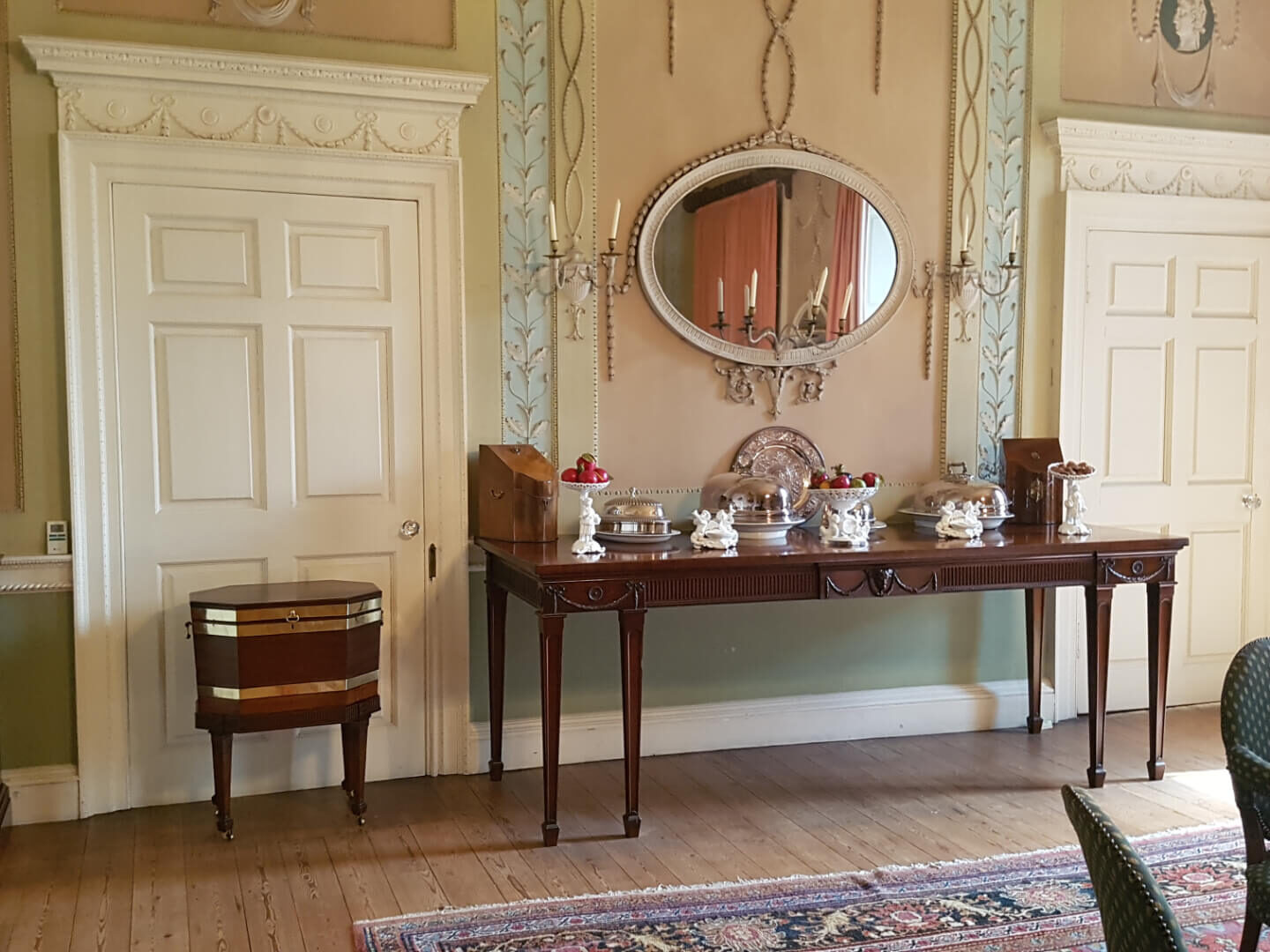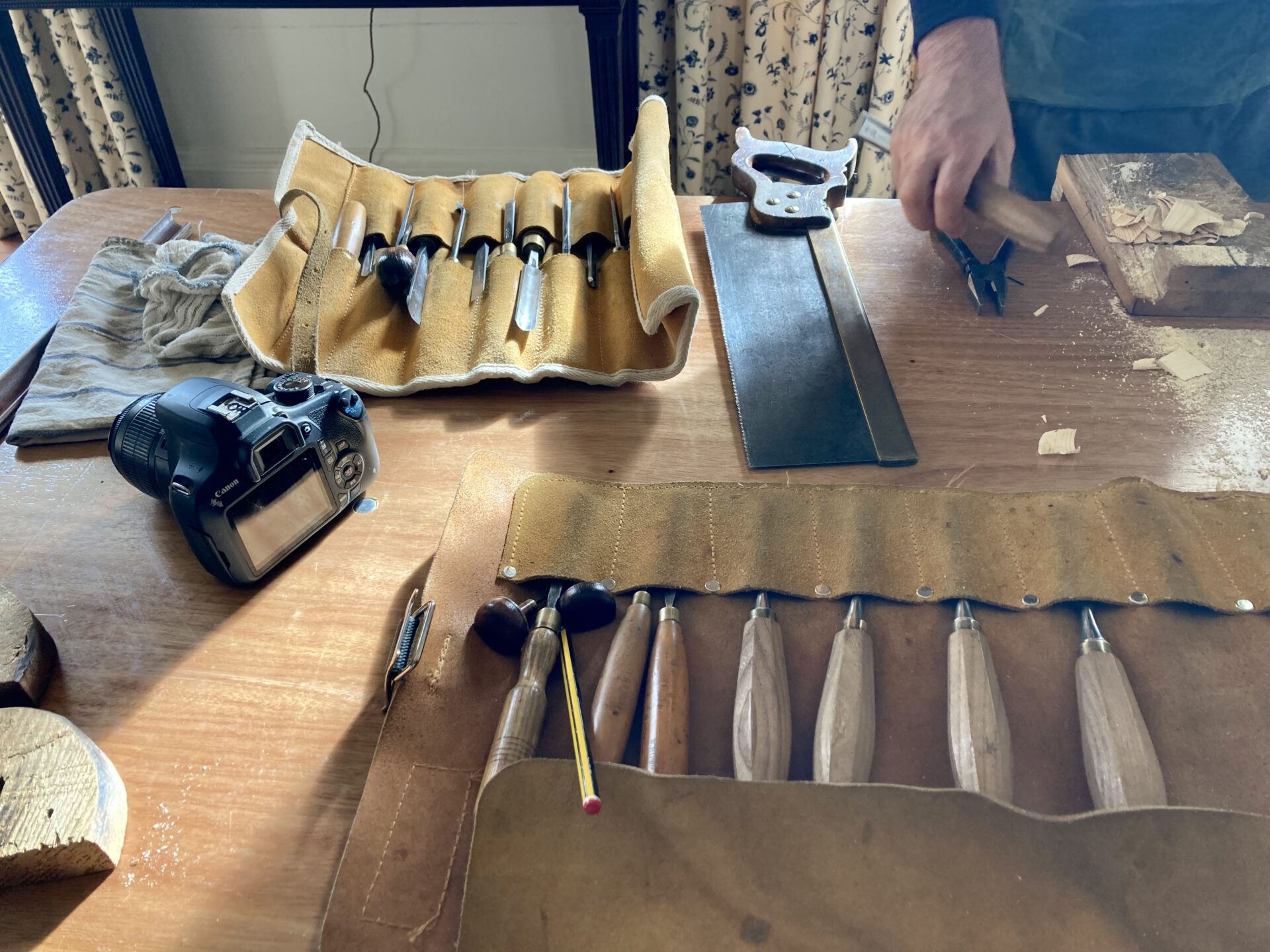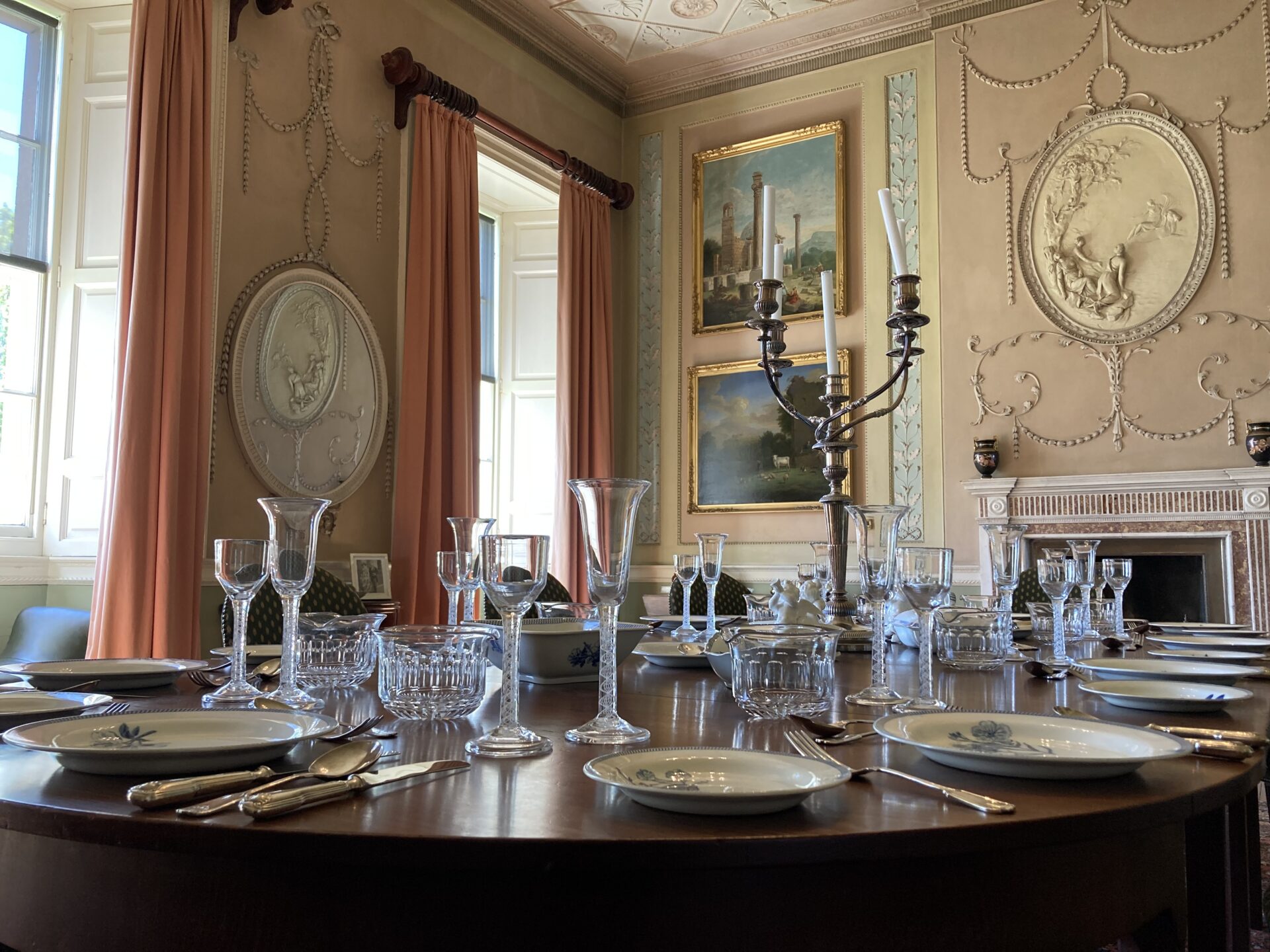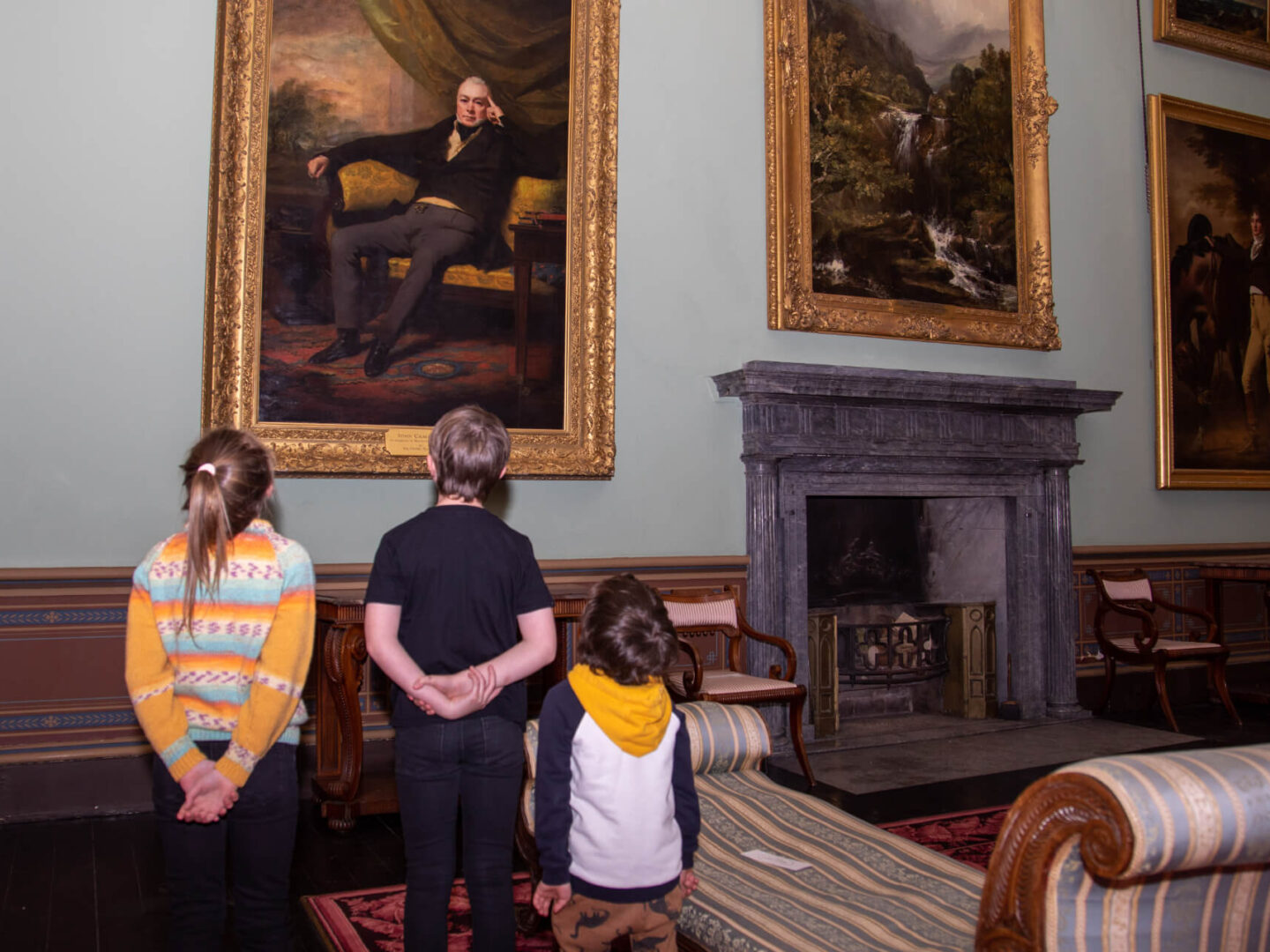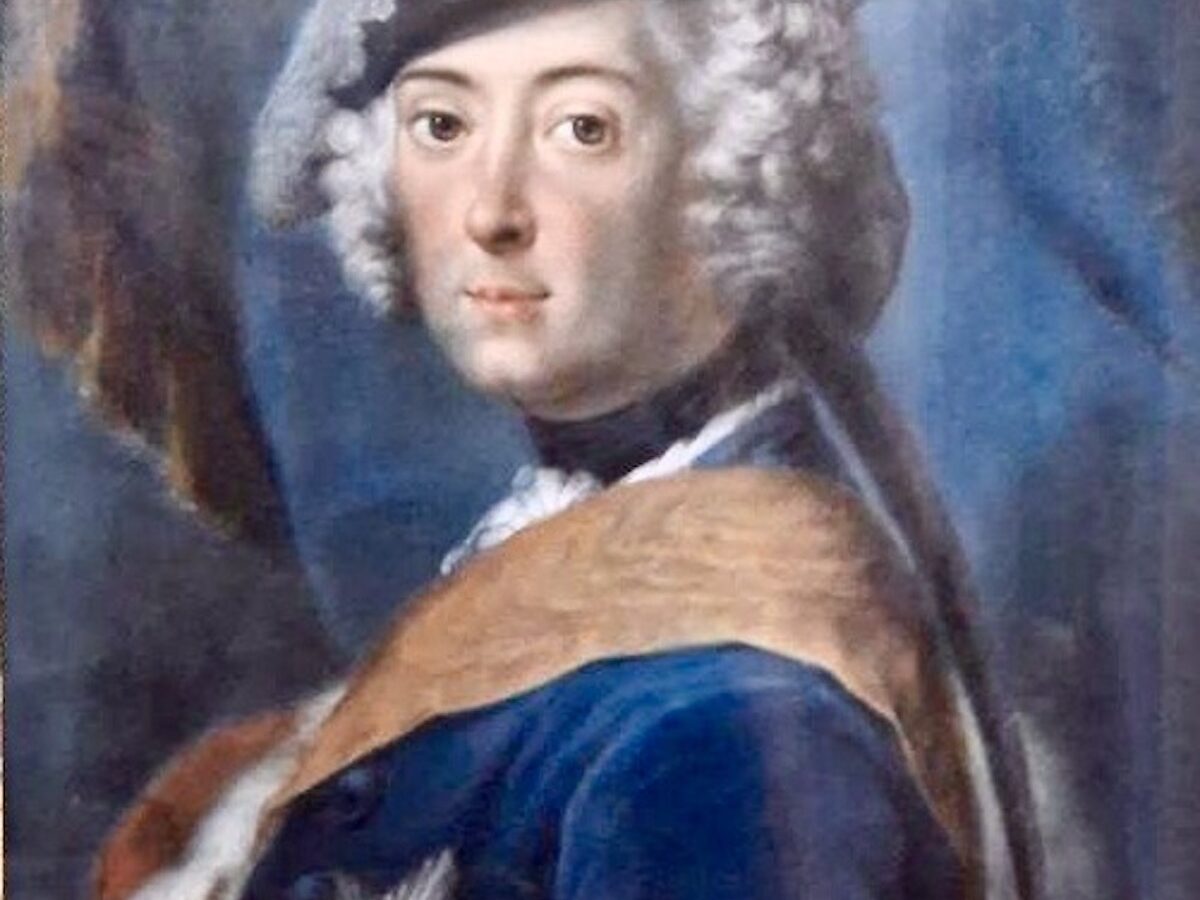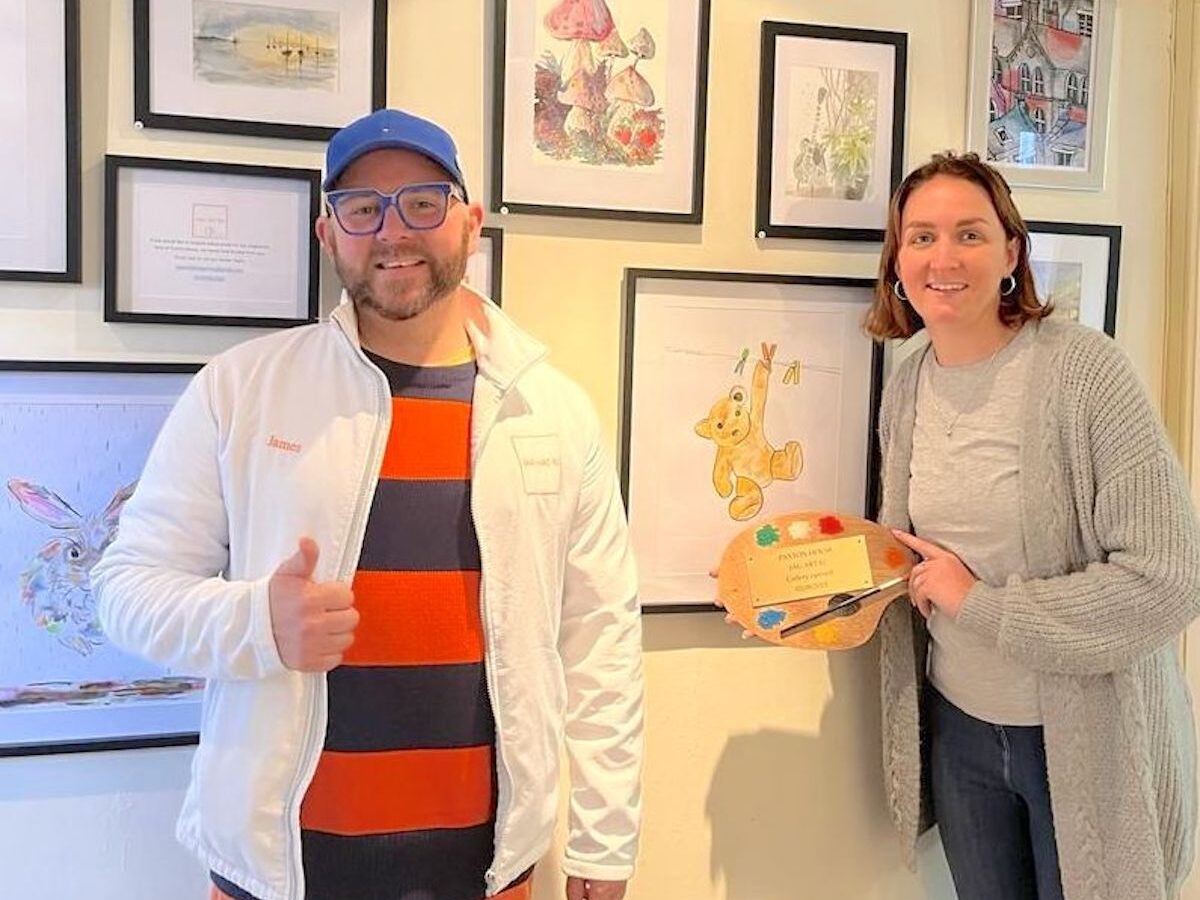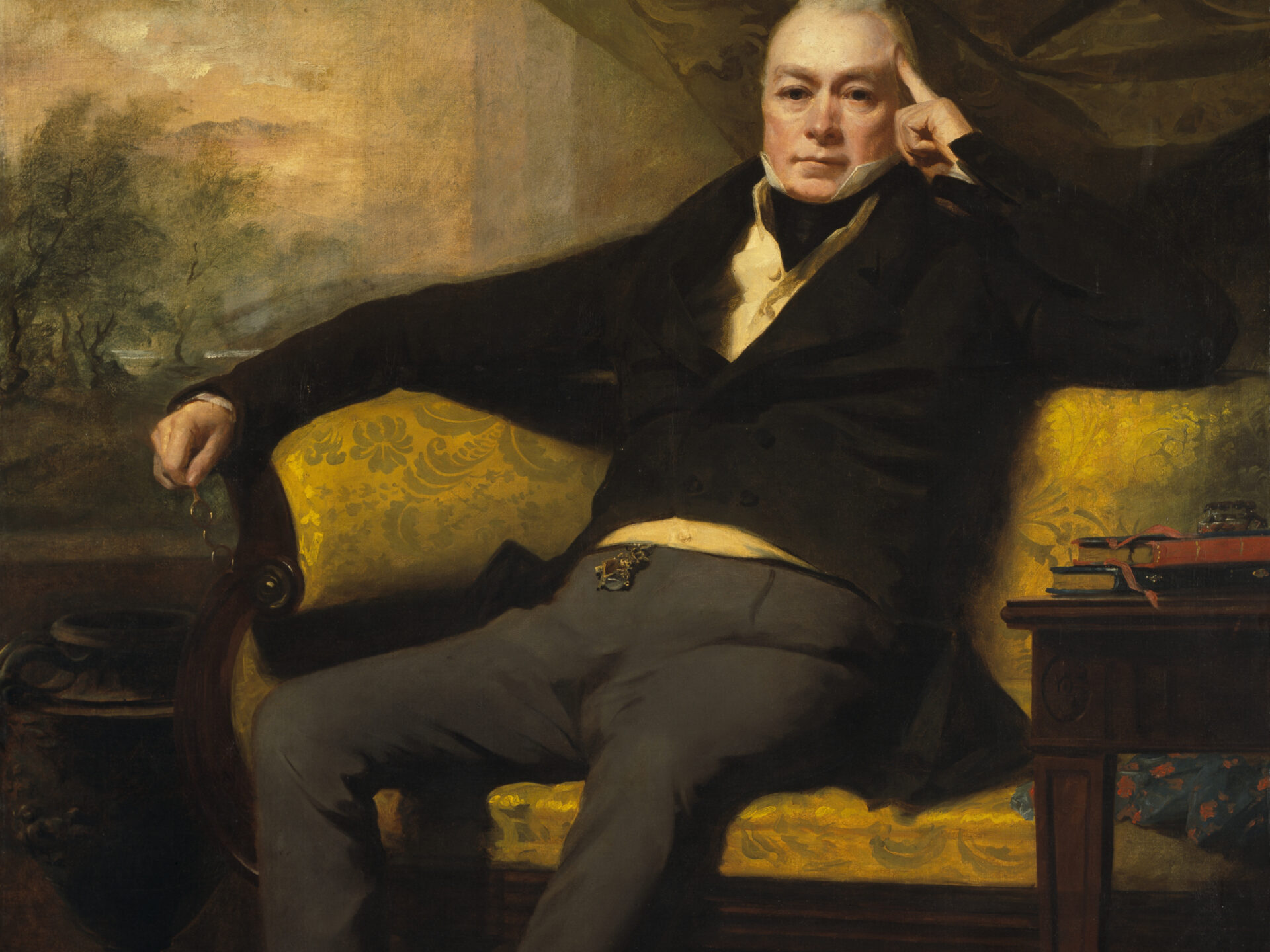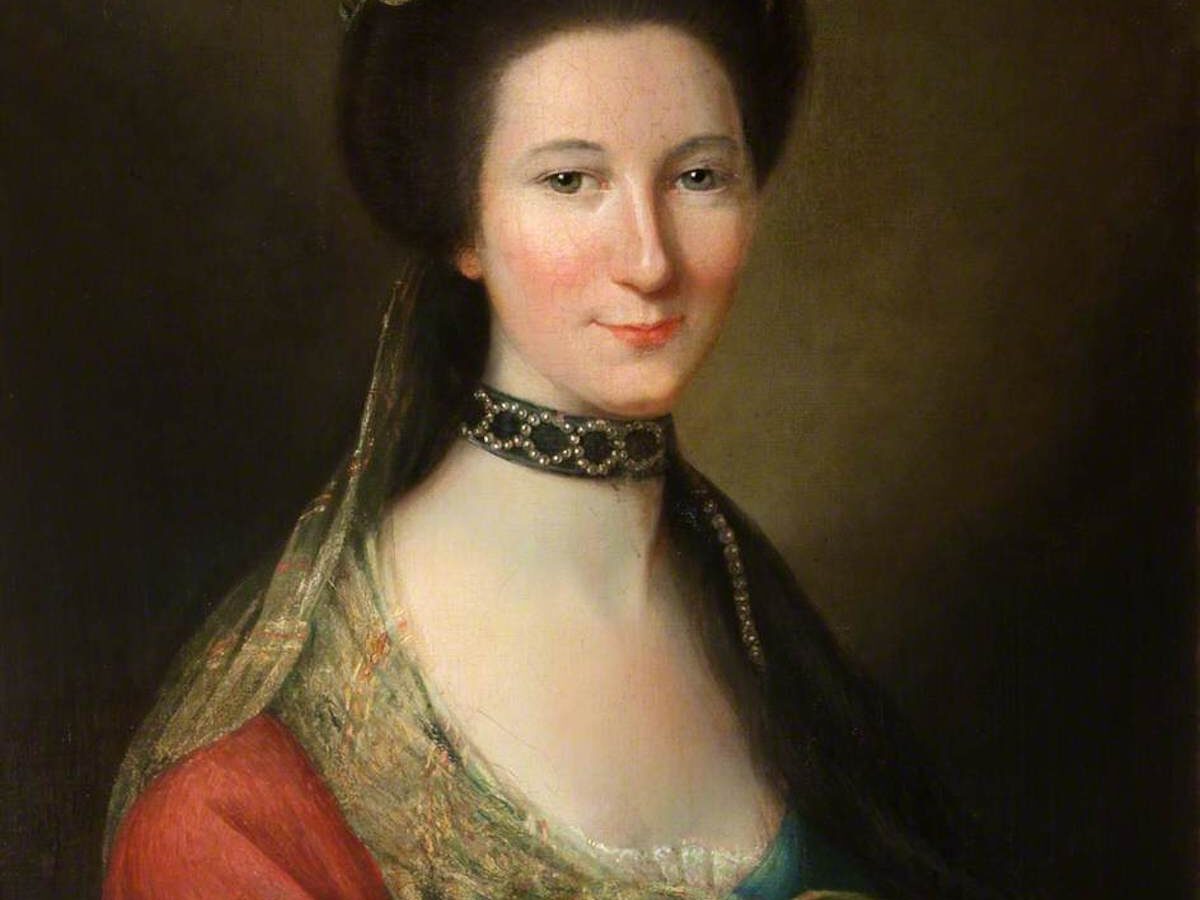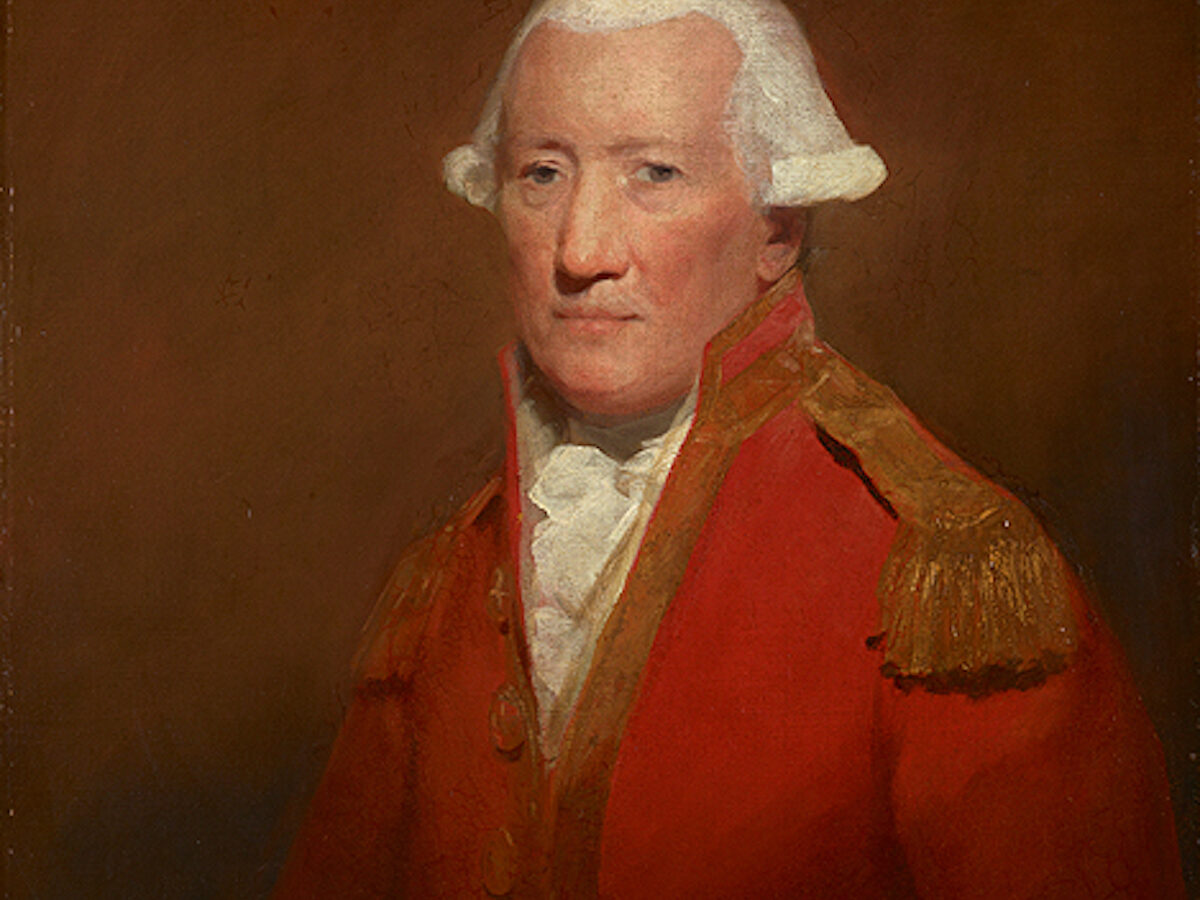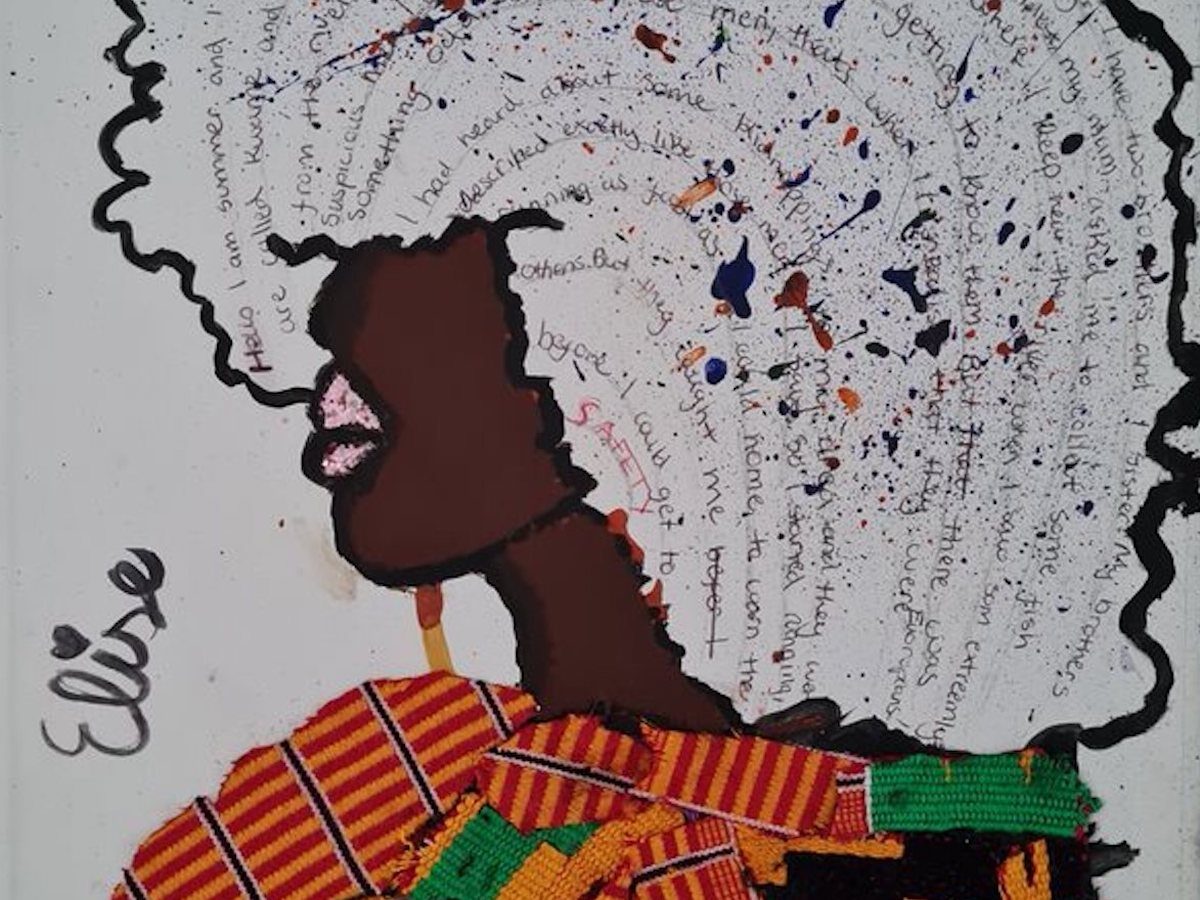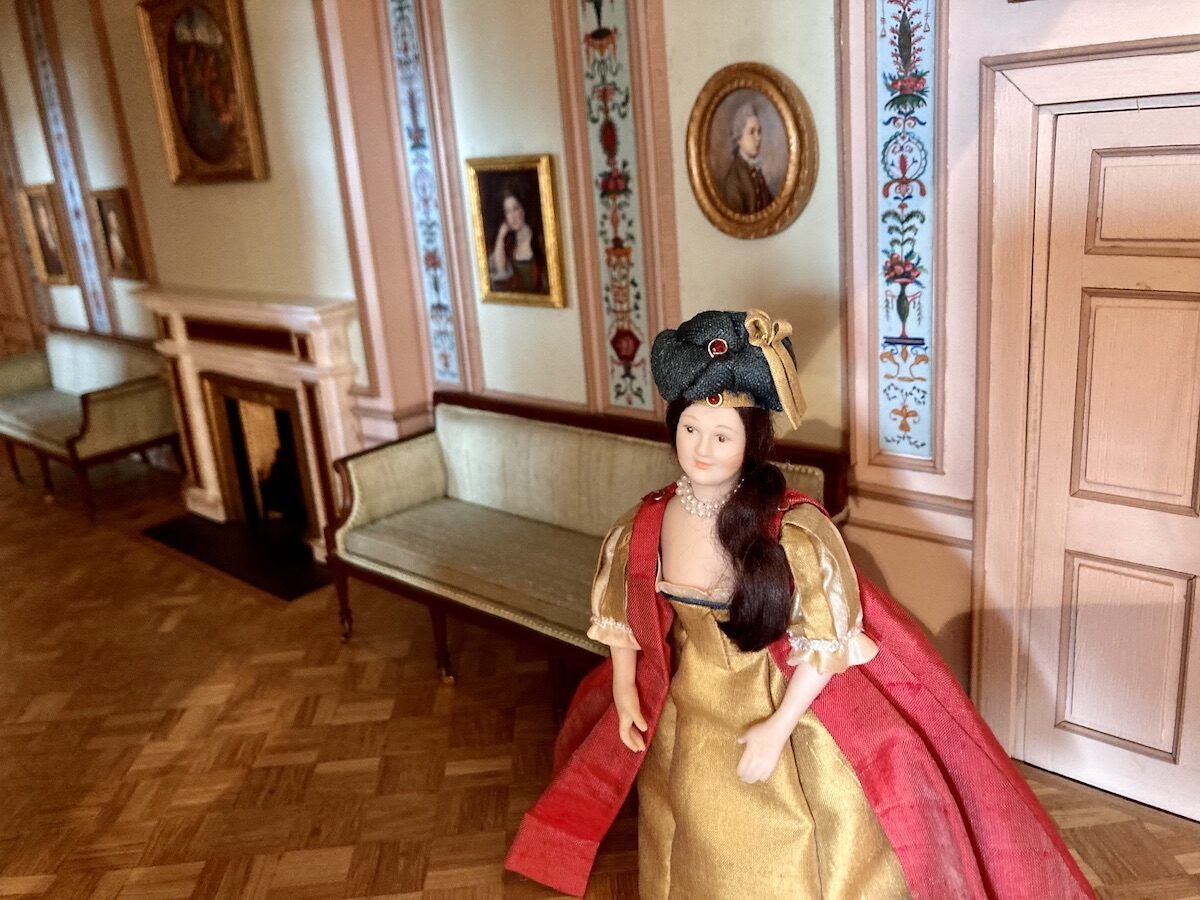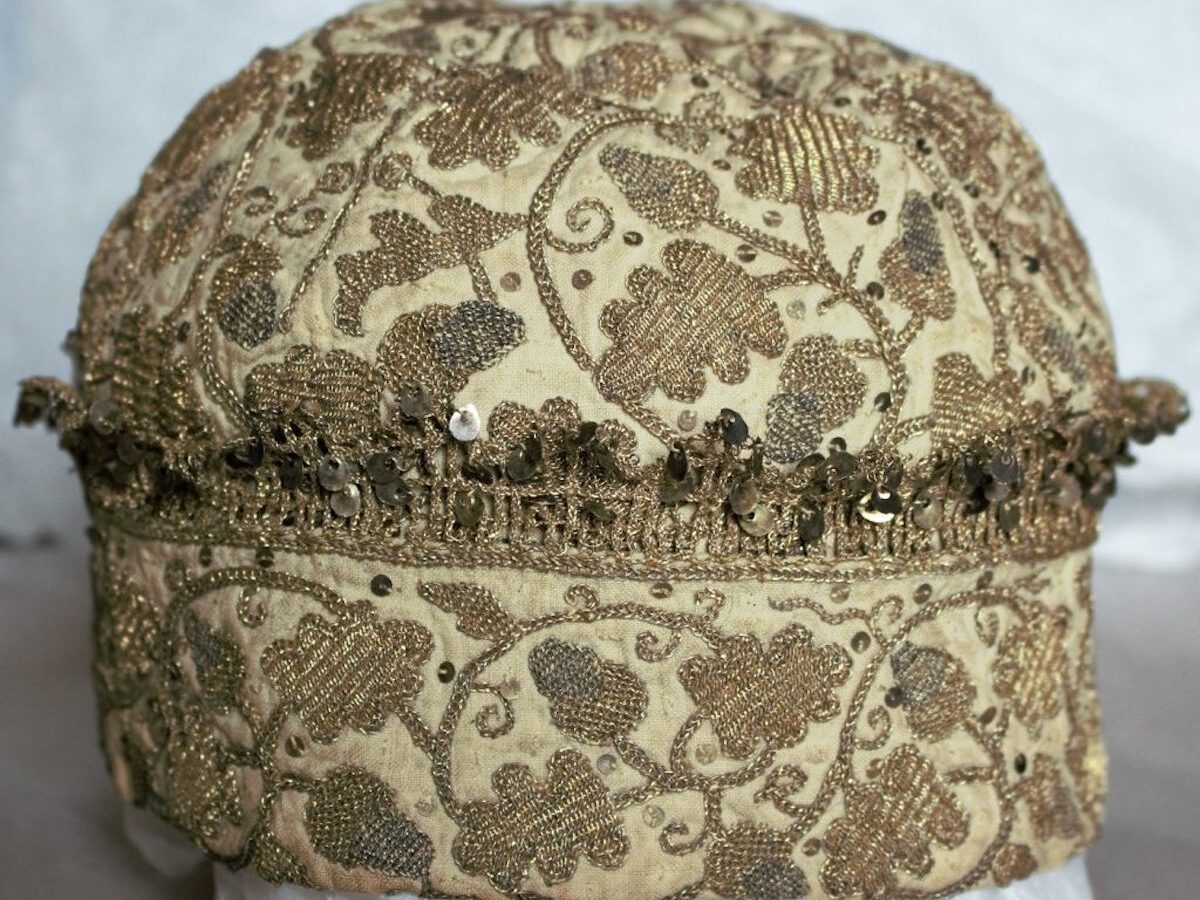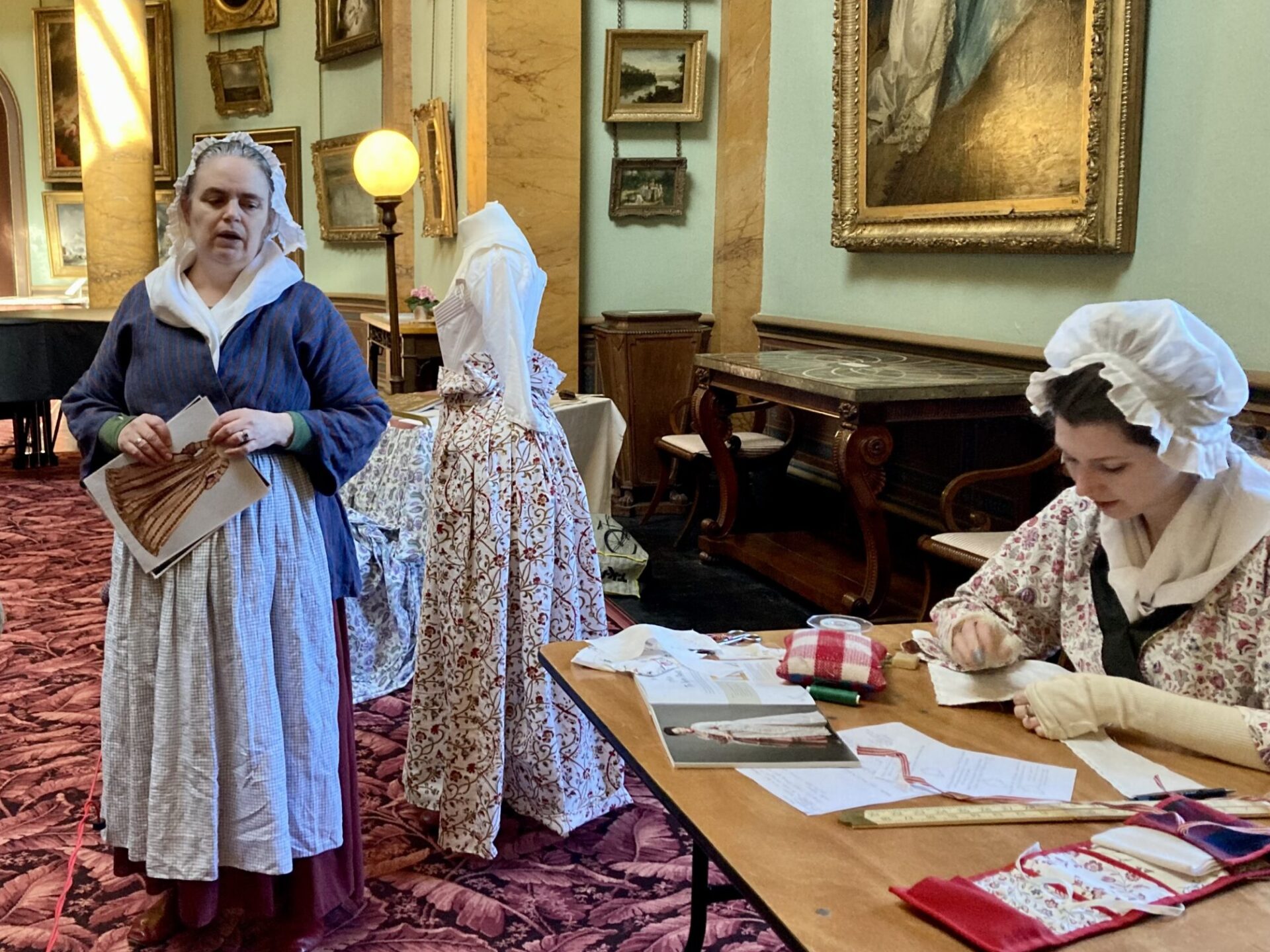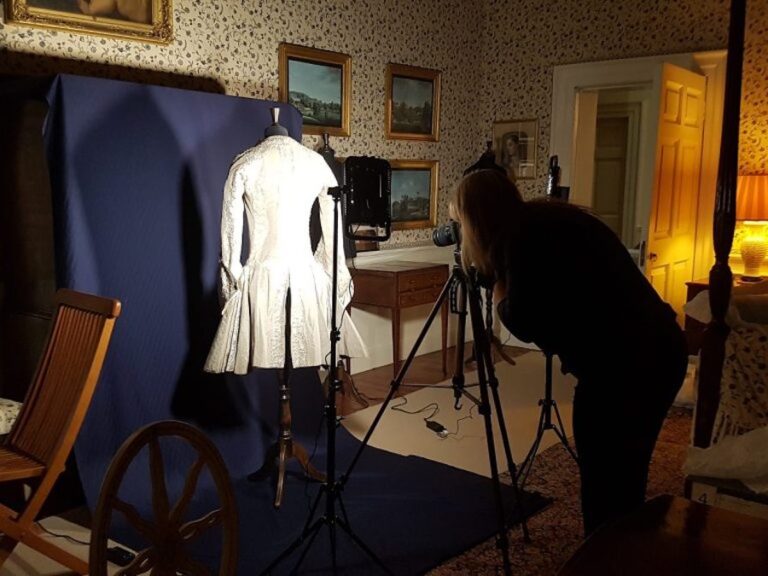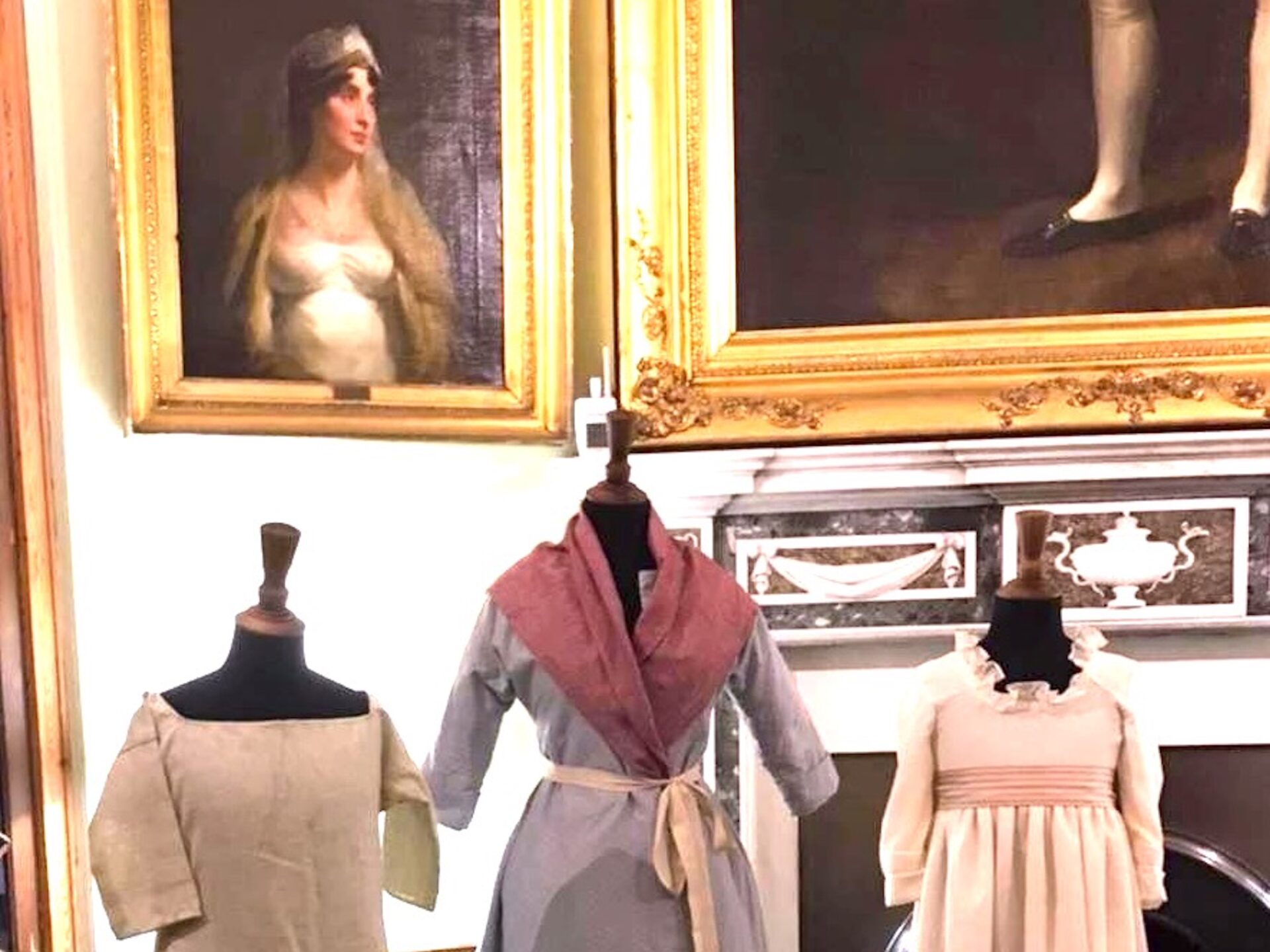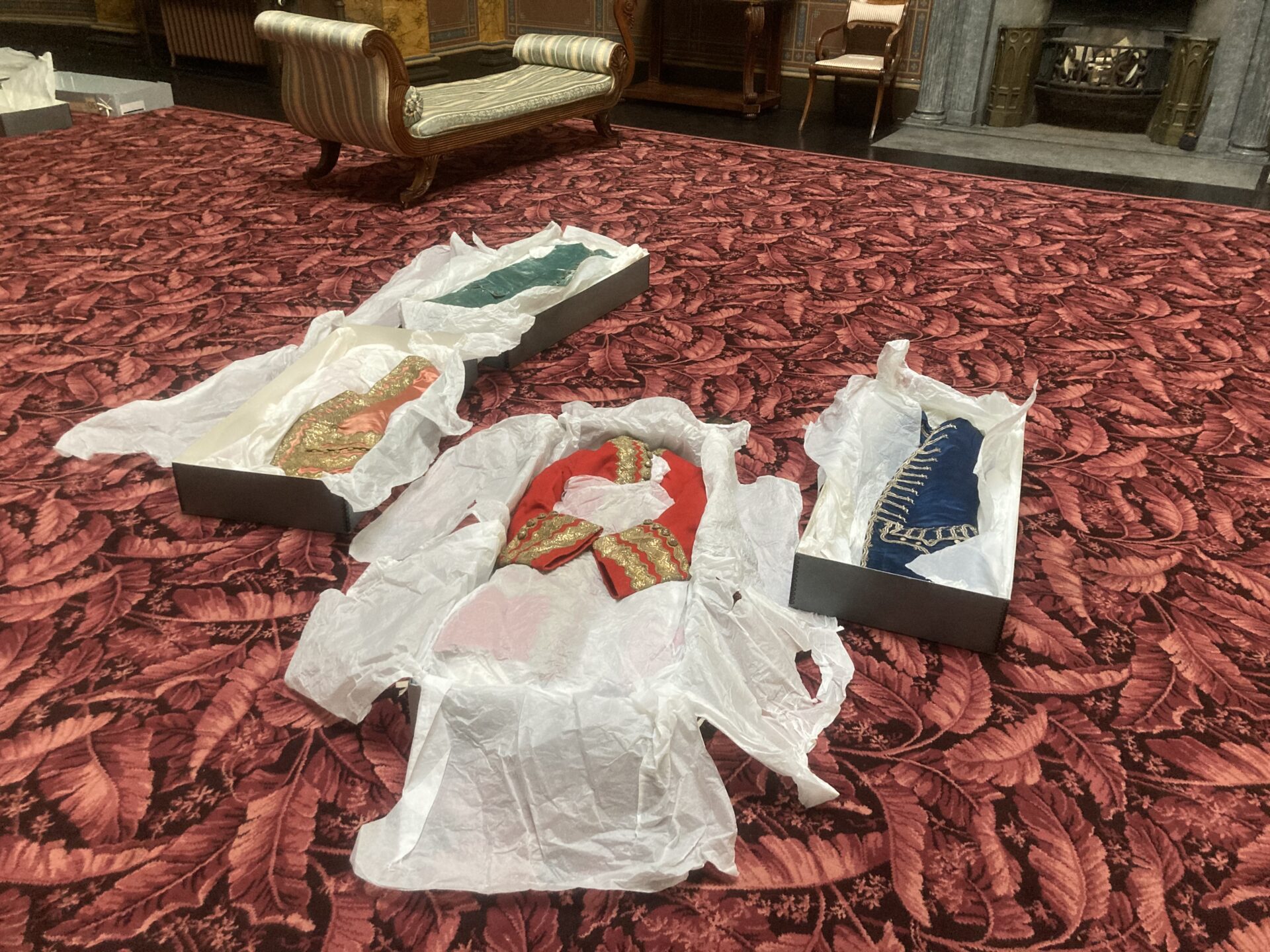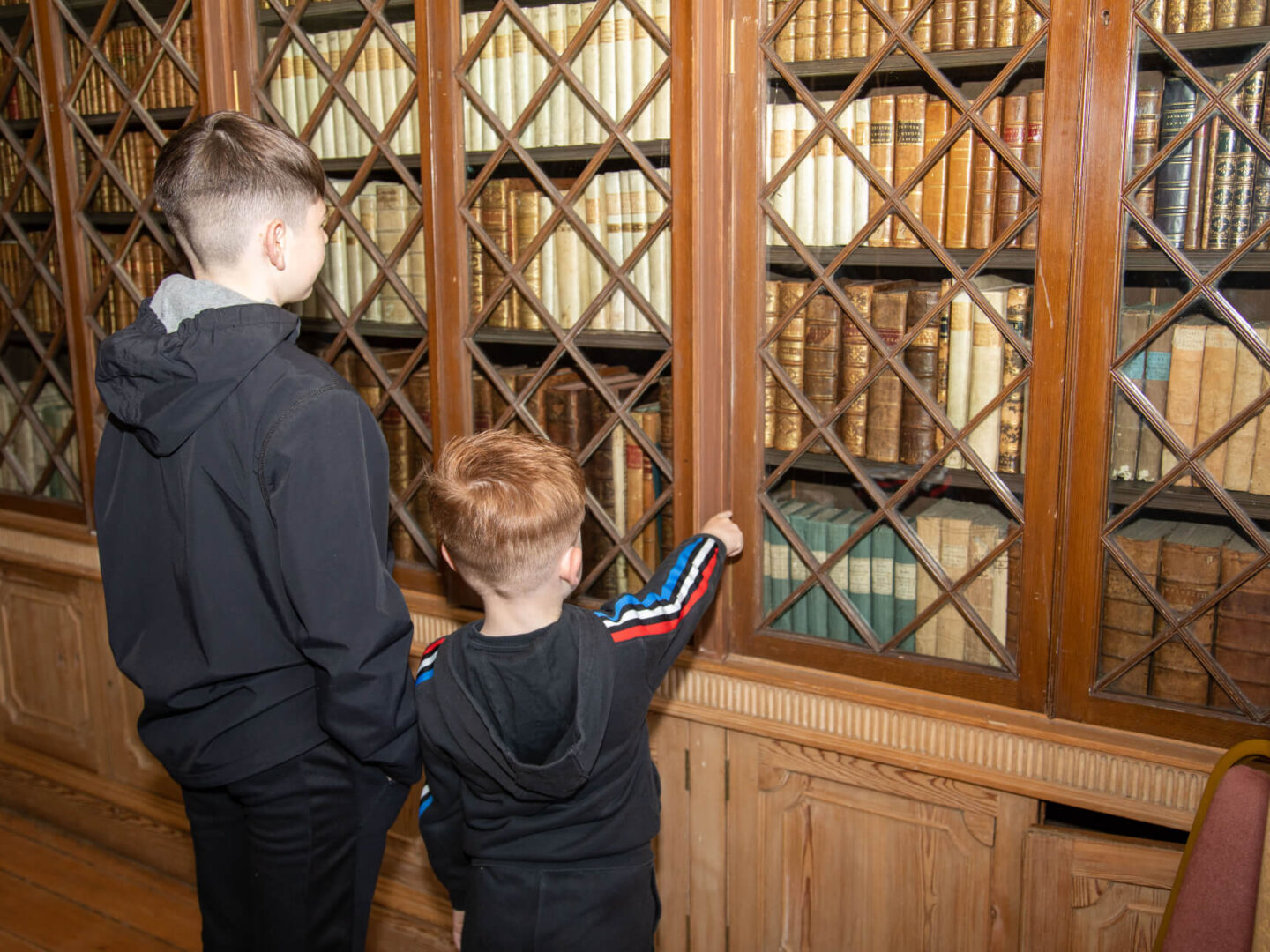A house of treasures
In the house at Paxton you will see the possessions and taste of the Home family, acquired over several centuries from the 1550s to the 1980s. The height of their fortune was in the 18th century and so the house allows us a remarkable view into the life and taste of a wealthy Georgian family living on the Border between Scotland and England and their connections with plantations in the Caribbean. Paxton House is particularly celebrated for its two Nationally Recognised collections of furniture, its outstanding costume collection and its art collection, on loan from National Galleries Scotland.
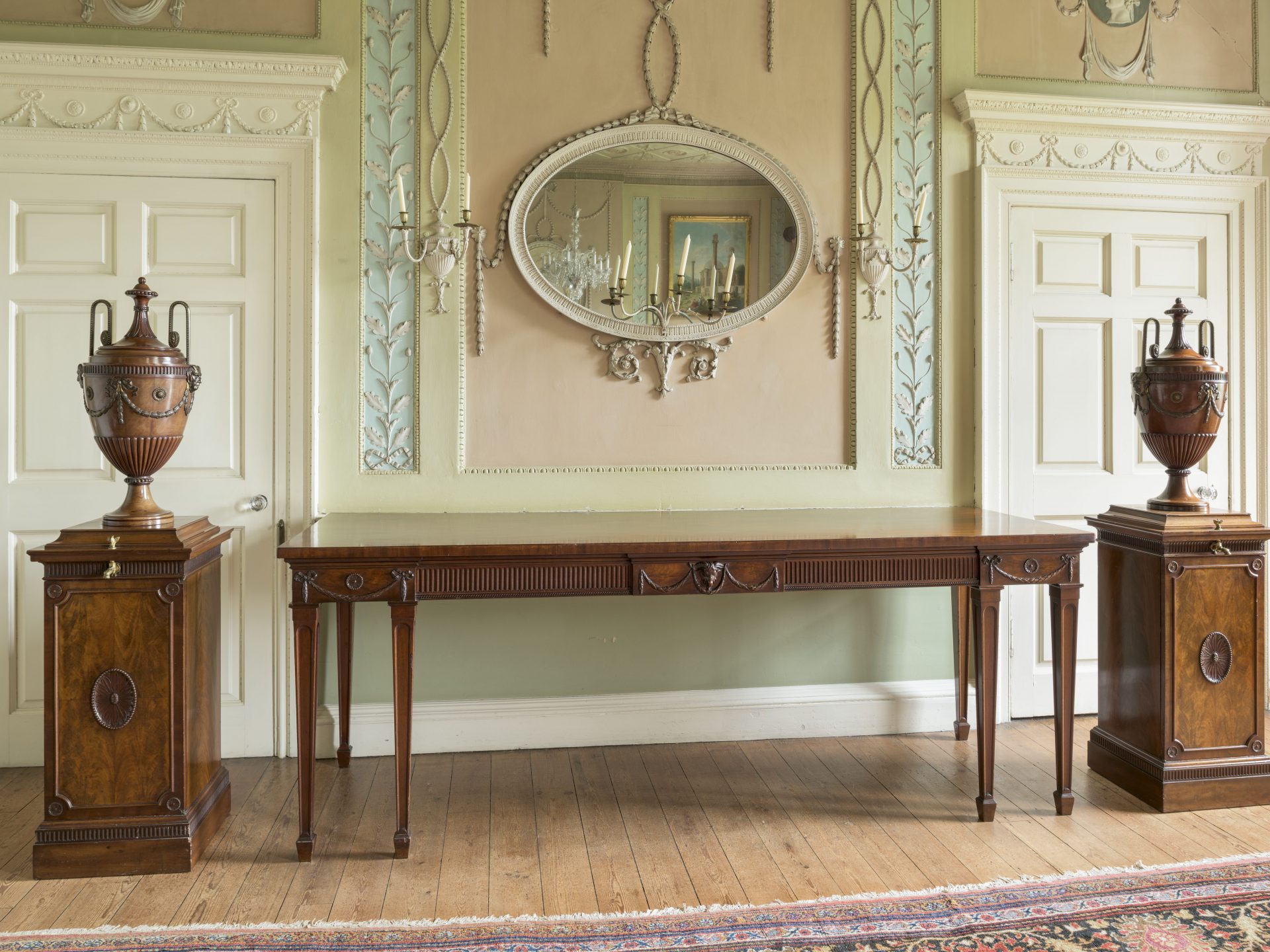
Only the best
Paxton House is home to two pre-eminent nationally important collections of furniture. The first commissioned from England’s most celebrated cabinetmaker, Thomas Chippendale and his son, by Ninian Home from 1774-91, and the second, commissioned from Scotland’s premier cabinetmaker, William Trotter, by George Home and Nancy Stephens in the Regency period. Today you can see the original furniture in the rooms for which it was designed.
Grand Tour collection
Patrick Home, the builder of Paxton, was sent abroad in 1748, shortly after the Jacobite Uprising, by his mother at the age of 20 to broaden his education. After university in Leipzig, he headed for Berlin and later for Italy and France, particularly Paris. This fashionable adventure for young men was known as the Grand Tour, a bit like a modern gap year. Patrick undertook travels in Europe again, especially in the 1770s. While travelling Patrick acquired a large number of paintings, marbles, and souvenirs including an outstanding 16th century ebony and bone cabinet made in Naples for the Albertoni family. Several old master paintings and landscapes in the house were also collected in Europe including Rosalba Carriera’s portrait of Frederick the Great. These were shipped back to Britain and mostly remained in storage until being unpacked after his death.
